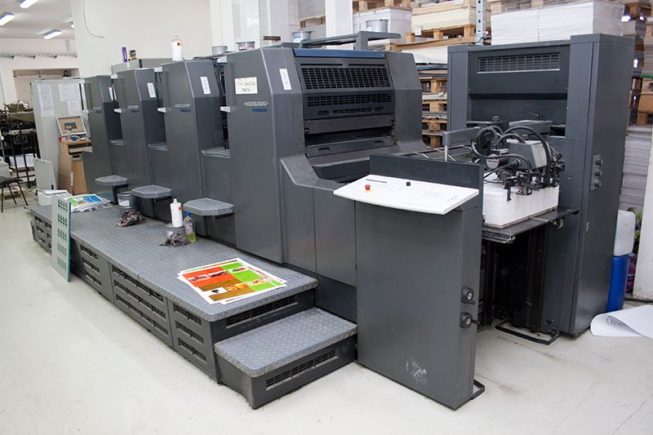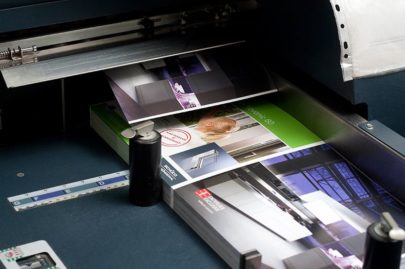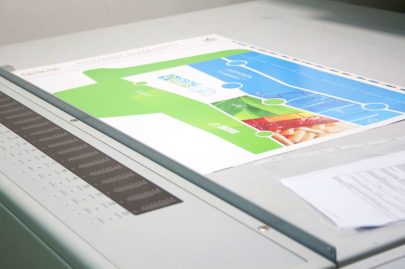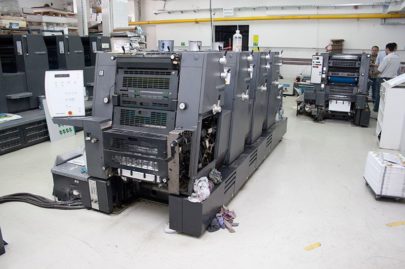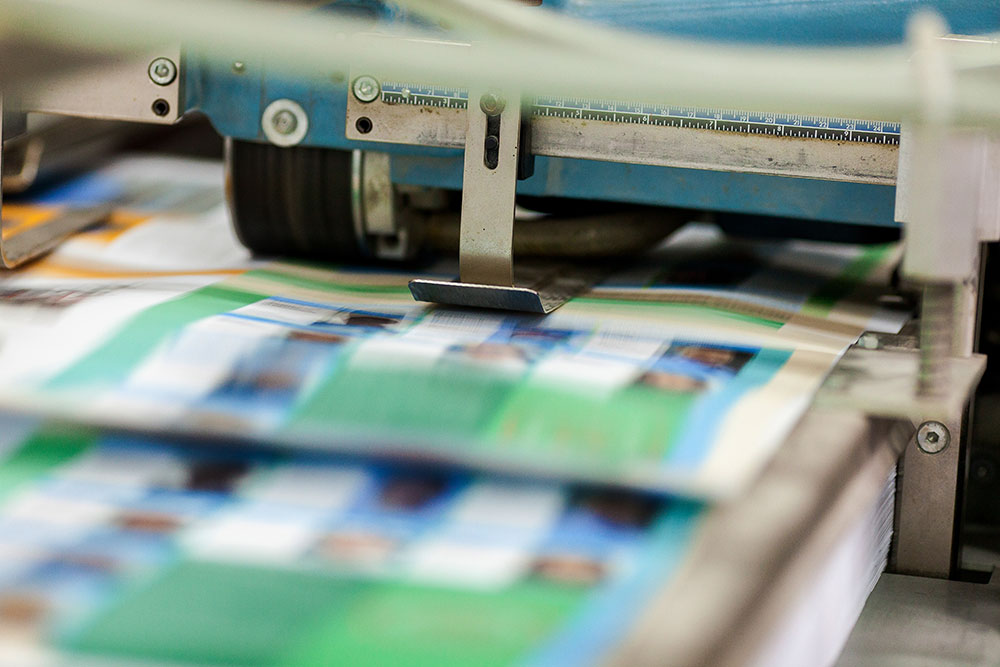Offset printing is the most well-known type of printing and the vast majority of the printed material globally is printed via offset printing. Through the span of the most recent 50 years, this technology has been constantly progressing and there have been significant improvements in the methods of the offset printing jobs. This is reflected primarily through the improved color, paper quality, the plates, the speed of printing and sustainability. Due to these advancements, offset printing has taken a leading position in the business. The demand for offset printing is due to its efficiency without compromising the high quality and durability of the product.
It is known to be one of the most affordable ways of printing yet with the best quality, as it prints produce with finer lines and richer colors in comparison to digital print. Furthermore, there is a range of finishes including high-gloss, satin, and matte.

